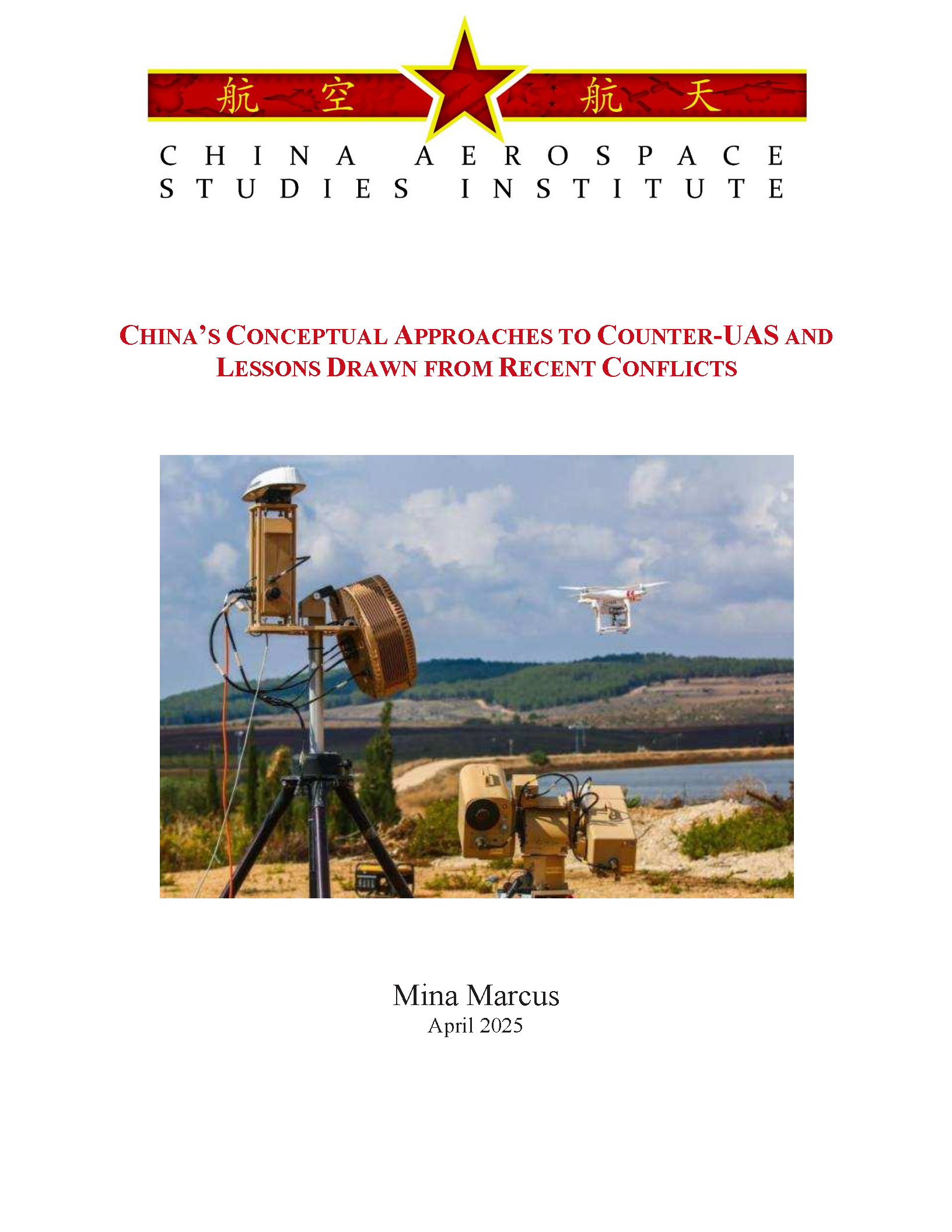The concept of unmanned warfare has gained prominence as technological advancements and the deployment of unmanned systems in recent conflicts have demonstrated their battlefield utility. PLA scholars and strategists have monitored these developments closely and formed a consensus view that future military operations will become increasingly dependent on intelligentized unmanned platforms. As articulated in a 2018 China Military Science article, PLA thinkers expect unmanned vehicles to “support joint operations in all domains and throughout the entire duration and the whole process of the combat cycle.”1 Building on this precept, PLA strategists increasingly view the development of unmanned systems and counter-unmanned system technologies and the mastery of unmanned operations and counter-unmanned system operations as strategic imperatives.
This paper focuses on the PLA’s views and developing approaches to countering unmanned systems, with a focus on unmanned aerials systems (UAS), or unmanned aerial vehicles (UAVs). While the PLA recognizes the threat of unmanned systems in multiple domains of warfare, most strategic and operational discussion among PLA experts and strategists on unmanned warfare focuses on UAVs rather than other unmanned systems such as unmanned underwater vehicles. This focus is reflected in publicly available academic and technical writings on countering unmanned systems as well, where research and discussions are skewed towards countering UAV systems and tactics. As such, an examination of PLA and PRC defense research on counter-UAS offers a more extensive body of publicly available information from which to draw insights.

Click here for the full report